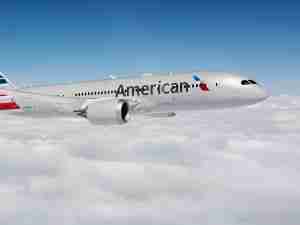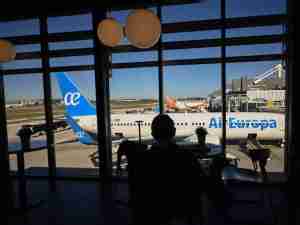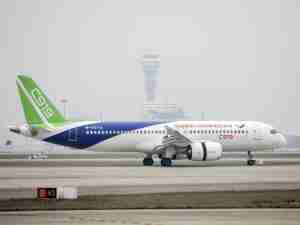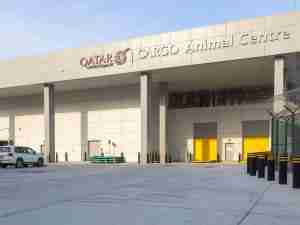JetBlue Airways Corp. reported a second-quarter loss that missed Wall Street’s expectations as high fuel prices kept operating expenses elevated ahead of the carrier’s planned purchase of deep discounter Spirit Airlines Inc.
The adjusted loss was 47 cents a share in the period, JetBlue said in a statement Tuesday, compared with an 11-cent deficit on average from analyst estimates compiled by Bloomberg. Revenue was $2.45 billion, while expectations were for $2.46 billion.
Total costs soared 89% in the quarter to $2.56 billion, led by $910 million spent on fuel. The carrier said it’s started a new cost-reduction program that should deliver savings of as much as $250 million a year by 2024, including a decision to accelerate the retirement of its Embraer E190 aircraft.
“While high fuel prices and our short-term operational investments are weighing on our margins this summer, we’re making steady underlying progress on our long-term initiatives,” Chief Executive Officer Robin Hayes said in the statement.
Sustained high costs remain an obstacle as JetBlue tries to capitalize on rebounding travel demand and grow through a merger with Spirit. JetBlue last week reached a deal to buy the airline for $3.8 billion in cash, ending a multimonth pursuit of ultra-low-cost carrier and fending off a rival offer for Spirit from Frontier Group Holdings Inc.
JetBlue’s shares fell 3.6% before regular trading in New York. The stock tumbled 40% this year through Monday’s close, the worst performance in a Standard & Poor’s index of 10 major US carriers.
JetBlue tightened its flying capacity plans for the full year to between flat and up 3% over 2019 from up as much as 5% previously. Capacity this quarter will be down as much as 3% from pre-pandemic levels.
Larger rivals including American Airlines Group Inc. have trimmed or slowed expansion plans to help make flights more reliable after widespread cancellations and delays that irked consumers trying to take long-awaited summer vacations and drew the attention of federal transportation regulators. It was JetBlue’s second reduction from original plans for 2022 flying capacity to be as much as 15% higher than three years ago.











